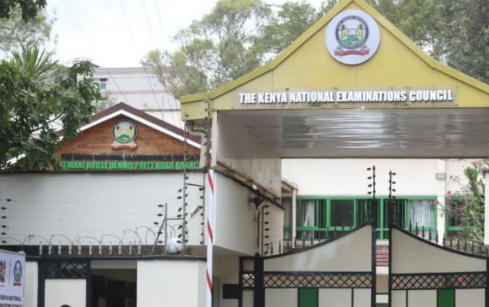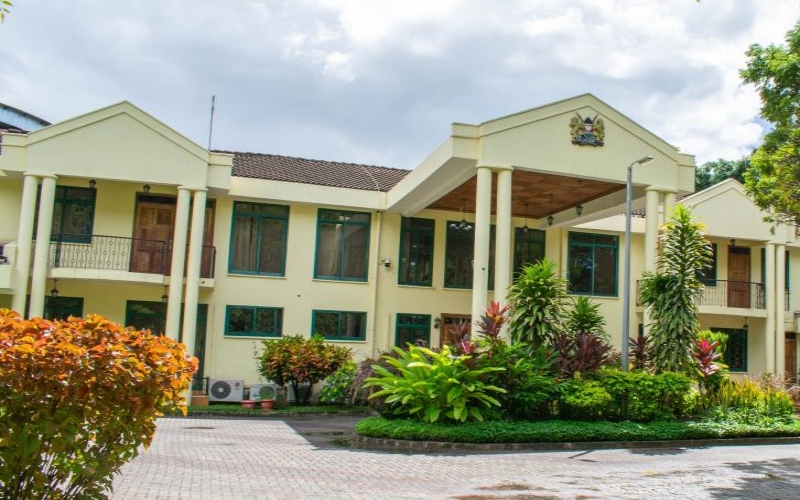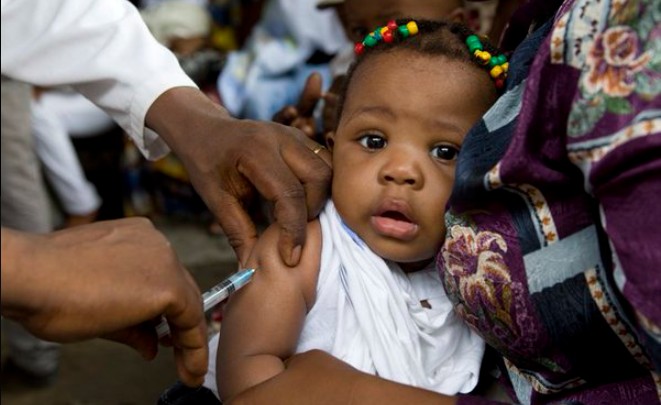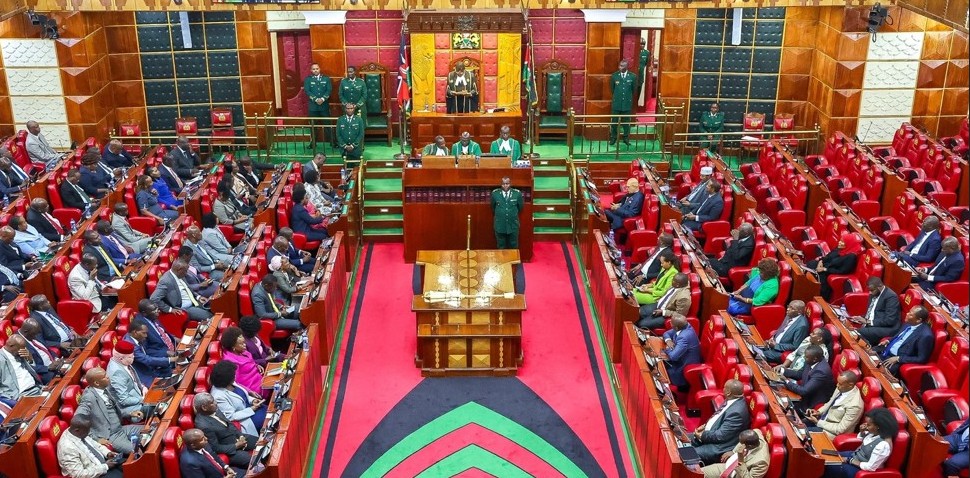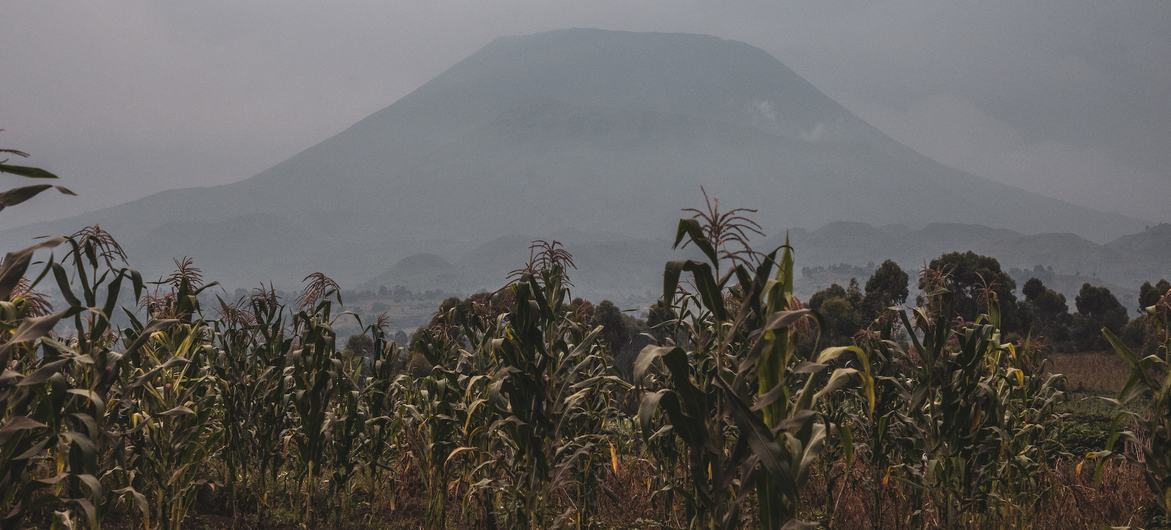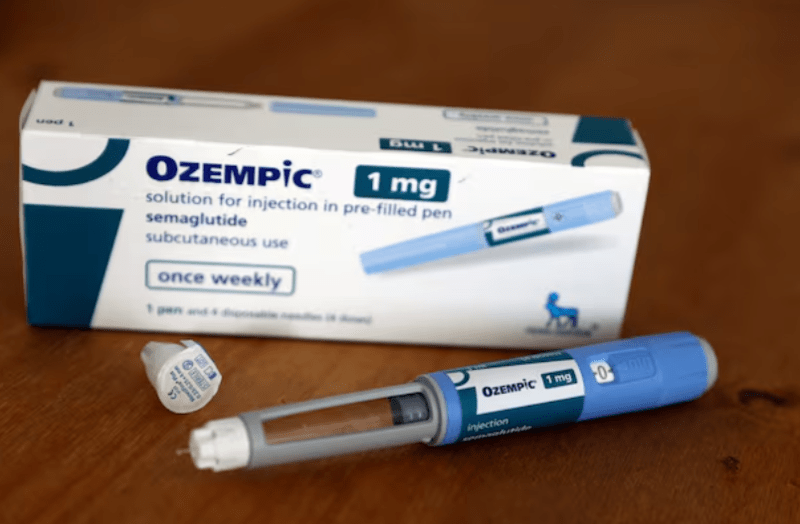Conflict, displacement fuelling measles outbreaks across the continent - Africa CDC
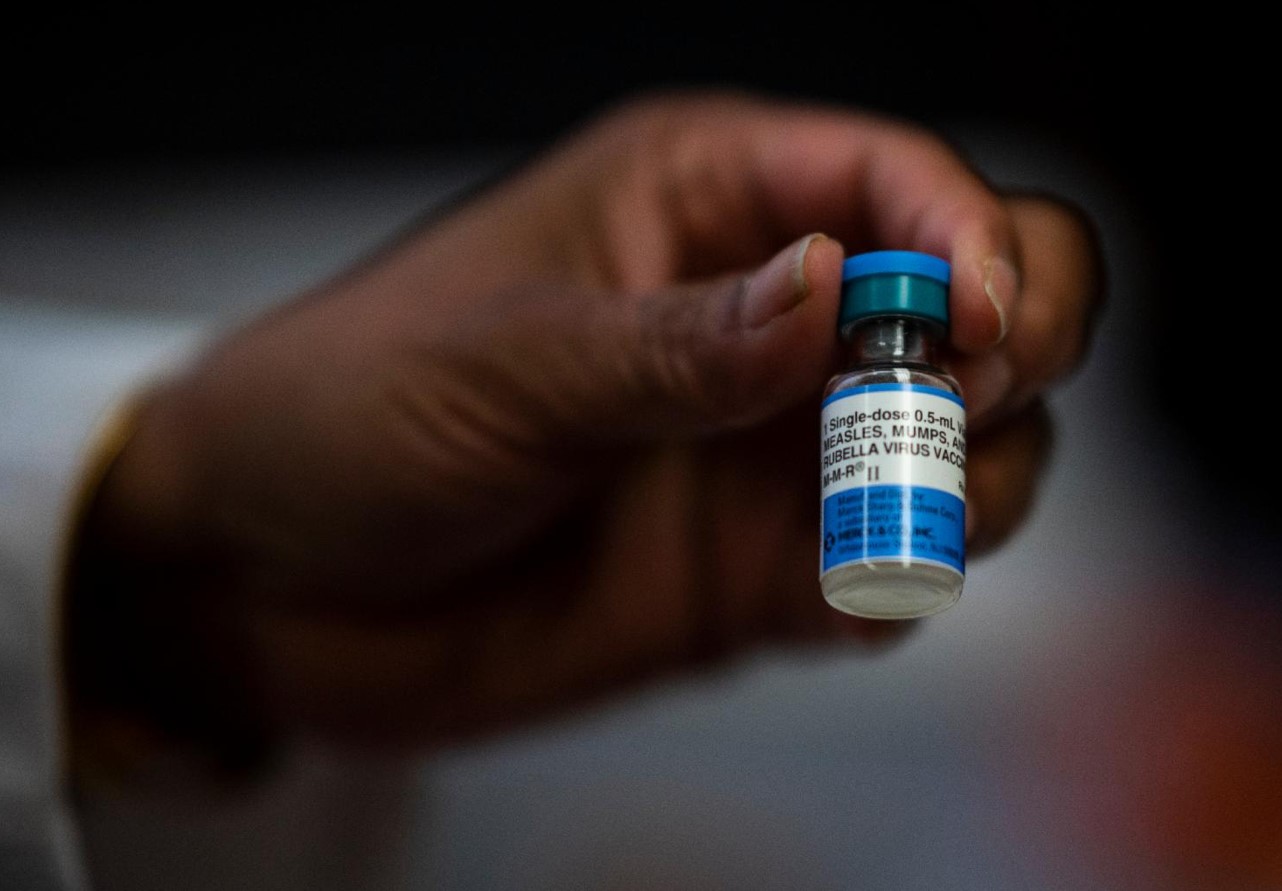
Measles is a highly contagious viral infection that primarily affects children but can also occur in unvaccinated adults.
Measles outbreaks continue to spread across 20 African countries, placing millions of children at risk from an entirely preventable disease.
The Africa Centres for Disease Control and Prevention (Africa CDC) warns that conflict, displacement, and gaps in routine immunisation have left large numbers of children unprotected.
More To Read
- WHO warns of measles resurgence as vaccine gaps widen
- South Sudan on high alert as Marburg outbreak emerges across border in Ethiopia
- Ethiopia confirms Marburg virus disease outbreak, nine cases reported so far
- Kenya leads push for stronger regulation of medicines, vaccines in Africa
- Sudan records nearly 2,000 cholera deaths as conflict exacerbates outbreak: Africa CDC
- Explainer: Wild vs vaccine-derived polio - why both threaten Kenya’s progress
In Kenya, measles remains a serious public health concern in 2025. Between January 2024 and February 2025, health officials reported approximately 2,949 cases and 18 deaths across 18 counties. Although the fatality rate was relatively low at 0.6 per cent, many children became seriously ill, underscoring the consequences of vaccination gaps.
A major driver of the outbreak is the low uptake of the second dose of the measles-rubella (MR) vaccine, typically administered at 18 months. Counties with historically lower immunisation coverage, especially those near conflict zones or refugee populations, face heightened risk. In Turkana County alone, around 1,444 cases and nearly a dozen deaths were reported by May 2025.
To address the crisis, the government launched a nationwide 10-day vaccination campaign from July 5 to 14, 2025, targeting children with both the MR and typhoid conjugate vaccines. The campaign reached over 16 million children across all 47 counties, achieving 81 per cent MR coverage. The Ministry of Health had set ambitious targets of 95 per cent MR and 80 per cent typhoid vaccine coverage.
Additionally, a newly upgraded laboratory at the Kenya Medical Research Institute (KEMRI), supported by the World Health Organisation (WHO), was inaugurated in September 2025 to strengthen disease surveillance and outbreak response. This facility enhances Kenya’s capacity to detect measles, polio, and other epidemic-prone diseases more rapidly.
However, if coverage gaps persist, especially in northern and border counties affected by displacement or limited access to services, the country remains vulnerable to recurring outbreaks. Disruptions in health services and hard-to-reach populations further exacerbate transmission risks.
Symptoms and causes
Measles is a highly contagious viral infection that primarily affects children but can also occur in unvaccinated adults. It spreads through respiratory droplets when an infected person coughs or sneezes, and the virus can remain active in the air or on surfaces for hours.
Symptoms typically appear 7-14 days after exposure and include high fever, runny nose, cough, red and watery eyes, and fatigue. A red, blotchy rash usually begins on the face and spreads across the body. Other signs may include sore throat, body aches, and small white spots inside the mouth known as Koplik spots.
Measles can lead to serious complications, especially in young children, malnourished individuals, and those with weakened immune systems. These include ear infections, diarrhea, pneumonia, encephalitis (brain swelling), and blindness. Severe cases can be fatal; globally, tens of thousands of children die from measles each year, mostly among the unvaccinated.
Because measles weakens the immune system for weeks or months, infected individuals are more susceptible to secondary infections. Vaccination remains the most effective way to prevent measles and its complications.
In 2025, Africa faces significant challenges in controlling measles. Millions of children remain unvaccinated or under-vaccinated, creating immunity gaps that fuel outbreaks.
Africa CDC highlights that conflict, displacement, and weak immunisation systems continue to leave children vulnerable. Disruptions in health services and hard-to-reach populations further exacerbate transmission risks.
Regions affected by conflict and displacement, such as parts of Central Africa and the Sahel, are particularly at risk. Remote rural areas and densely populated urban informal settlements also face elevated vulnerability due to limited vaccine access. The presence of "zero-dose" children, those who have never received any vaccines, remains a major barrier to achieving herd immunity.
Despite these challenges, there are opportunities for progress. Strengthening routine immunisation programs and conducting catch-up campaigns can help close immunity gaps.
The introduction of second doses of the measles vaccine (MCV2) and integration with rubella immunisation are expected to improve long-term protection. Enhanced surveillance and rapid outbreak response are also critical to reducing disease spread and childhood mortality.
Top Stories Today

